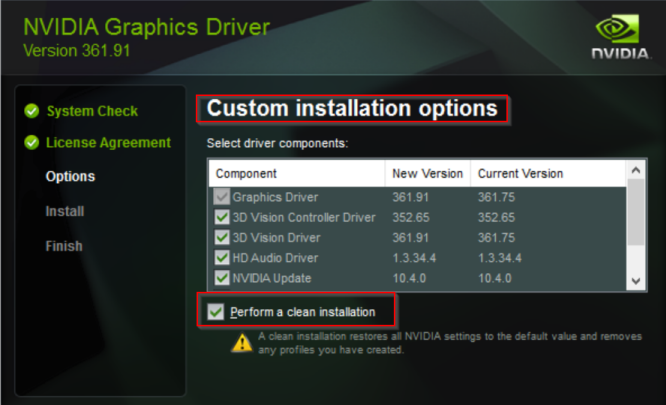Inspire System Requirements
A list of supported operating systems and minimum requirements for hardware and memory.
- Operating System
- Windows 11 (64-bit)Notice: On October 14, 2025, Microsoft Windows 10 reached its end of support. Following Microsoft's messaging, all Altair 2026.0 applications no longer support Windows 10. Altair is providing this information to help our customers accommodate this change. Altair 2026.0 supports the Windows 11 operating system, along with our other Linux-based operating systems. Please contact your local Altair support team if you have any questions or concerns.
- Memory
- 16 GB of RAM (higher recommended)
- CPU/Graphics Hardware
- OpenGL 3D graphics accelerator compatible with OpenGL 3.3 or higher
- Video Recording
- Any GPU can be used to record animated GIFs.
MP4 recordings require an NVIDIA RTX or newer GPU with a driver version of 573.73 or higher.
Additional Information on Driver Installations
The NVIDIA Driver Update recommendation is to use the Custom installation option and select the Perform clean installation option to validate that there are no conflicts in DLL/drivers.

- Number of simultaneous jobs. Use of a workload management middleware like Altair PBS is highly recommended to ensure optimal and dedicated usage of the CPU resource.
-
Typical node configuration is based on dual CPU socket processors.
-
It is extremely important to populate all the memory banks on the motherboard.
-
In Hybrid mode, it is recommended to set a number of MPIs that is a multiple of the number of sockets and then set the number of OpenMP in a way that number of MPIs x number of OpenMP equals the number of physical cores.
- Hyper-Threading (HT) may increase performance by around 10% on single node. In this case, the recommended setup is to run 2 OpenMP per MPI, with a number of MPIs that matches the total number of physical cores on the node. On multinode systems, it is better to not use HT.